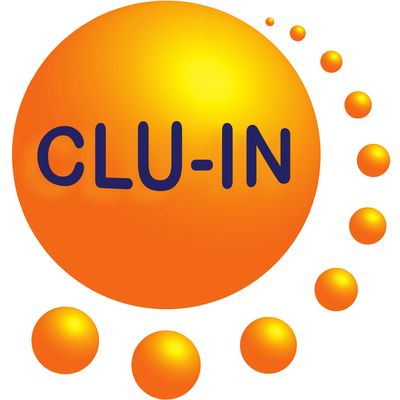Since 1998, The Contaminated Site Clean-Up Information (CLU-IN) website has presented Internet Seminars covering a wide variety of technical topics related to hazardous waste characterization, monitoring, and remediation. For each seminar topic, we have selected the highest-quality offering for placement in our archives. Beginning in May 2005, we began offering these archives via podcast, and this feed contains all seminars archived in the last 6 months. For a complete list of seminars archived since 2000 and videos of selected seminars archived since 2012, please visit http://clu-in.org/live/archive/. Our Rehabilitation Act Notice for reasonable accommodation is available at http://clu-in.org/training/accommodation.cfm. CLU-IN was developed by the U.S. Environmental Protection Agency (EPA) but is intended as a forum for all waste remediation stakeholders. For more information and to view upcoming live offerings, please visit http://clu-in.org/live/. For a complete list of RSS feeds available on CLU-IN, please visit http://clu-in.org/rss/about/.
http://www.clu-in.org/live/archive
Audio for "Bioremediation - Expanding the Toolbox: Session II - Novel Omics Approaches," Oct 3, 2019
The NIEHS Superfund Research Program (SRP) is hosting a Risk e-Learning webinar series emphasizing new approaches to elucidate mechanisms responsible for bioremediation. The series will feature innovative molecular, biochemical, cellular, and/or engineering tools to advance our understanding of the structural and functional properties of microorganisms or plants involved in the bioremediation of hazardous substances. The second session will highlight innovative genomic approaches to enhance bioremediation by microbes and plants. At Duke University, Claudia Gunsch, Ph.D., leads a research team developing a framework for precision bioremediation. The team seeks to maximize biodegradation potential by identifying optimal microbial targets for biostimulation, bioaugmentation, and genetic bioaugmentation given a site's microbial and biogeochemical fingerprints. This work includes characterization of several Superfund sites in North Carolina and Virginia. Julian Schroeder, Ph.D., from the University of California, San Diego SRP Center, will discuss molecular mechanisms of heavy metal detoxification and remediation in plants. Many human diseases have been attributed to environmental contamination by toxic heavy metals, in particular lead, mercury and cadmium, and the metalloid arsenic. Plants play a key role in mediating human exposure to toxic metals and the metalloid arsenic in two ways: 1) people consume toxic metal(loid)-containing plants (diverse foods, tobacco products) and 2) non-crop plants can be used to remove heavy metals and arsenic from the environment for bioremediation. Extensive redundancy in plant genes has been an obstacle to understanding processes mediating toxic heavy metal(loid) accumulation in plants. Newly developed genome-wide artificial microRNA libraries will be presented that can now identify the genes, signal transduction pathways, and mechanisms underlying heavy metal(loid) accumulation in plants. This knowledge is crucial to reducing human exposure to toxic heavy metal(loid)s. To view this archive online or download the slides associated with this seminar, please visit http://www.clu-in.org/conf/tio/SRPBio2_100319/
